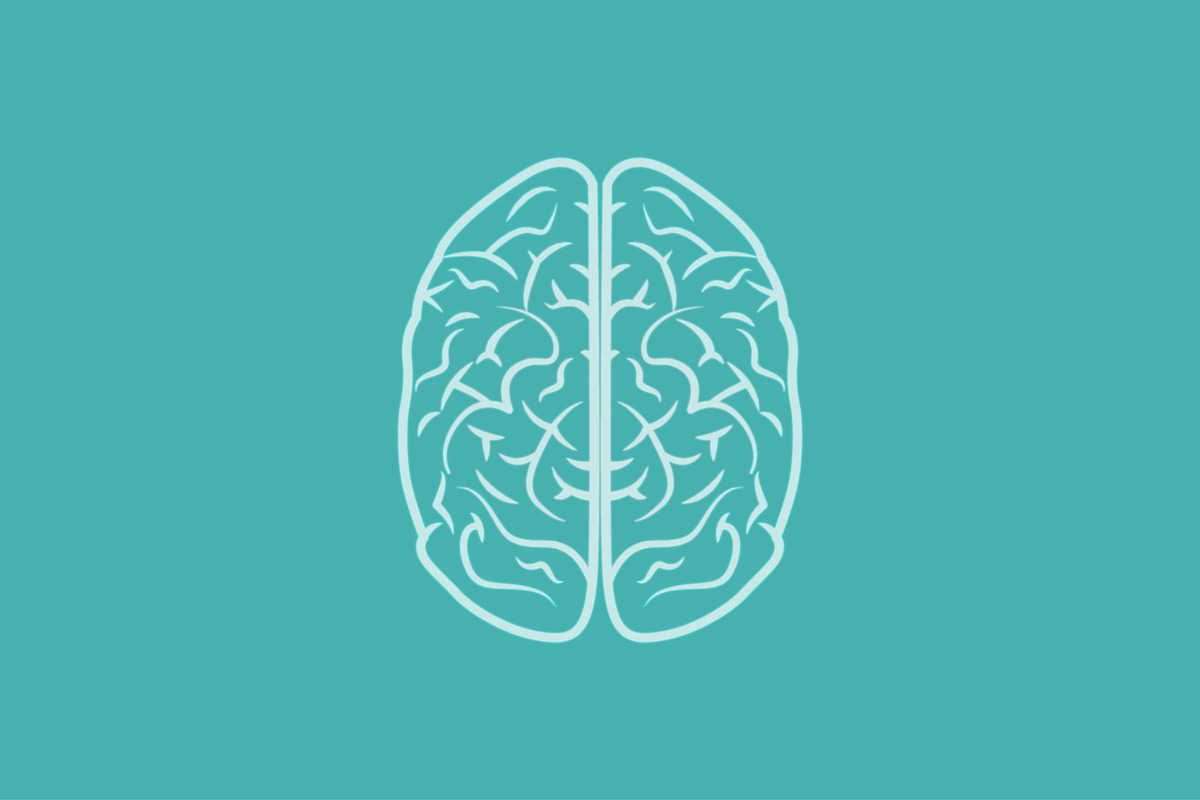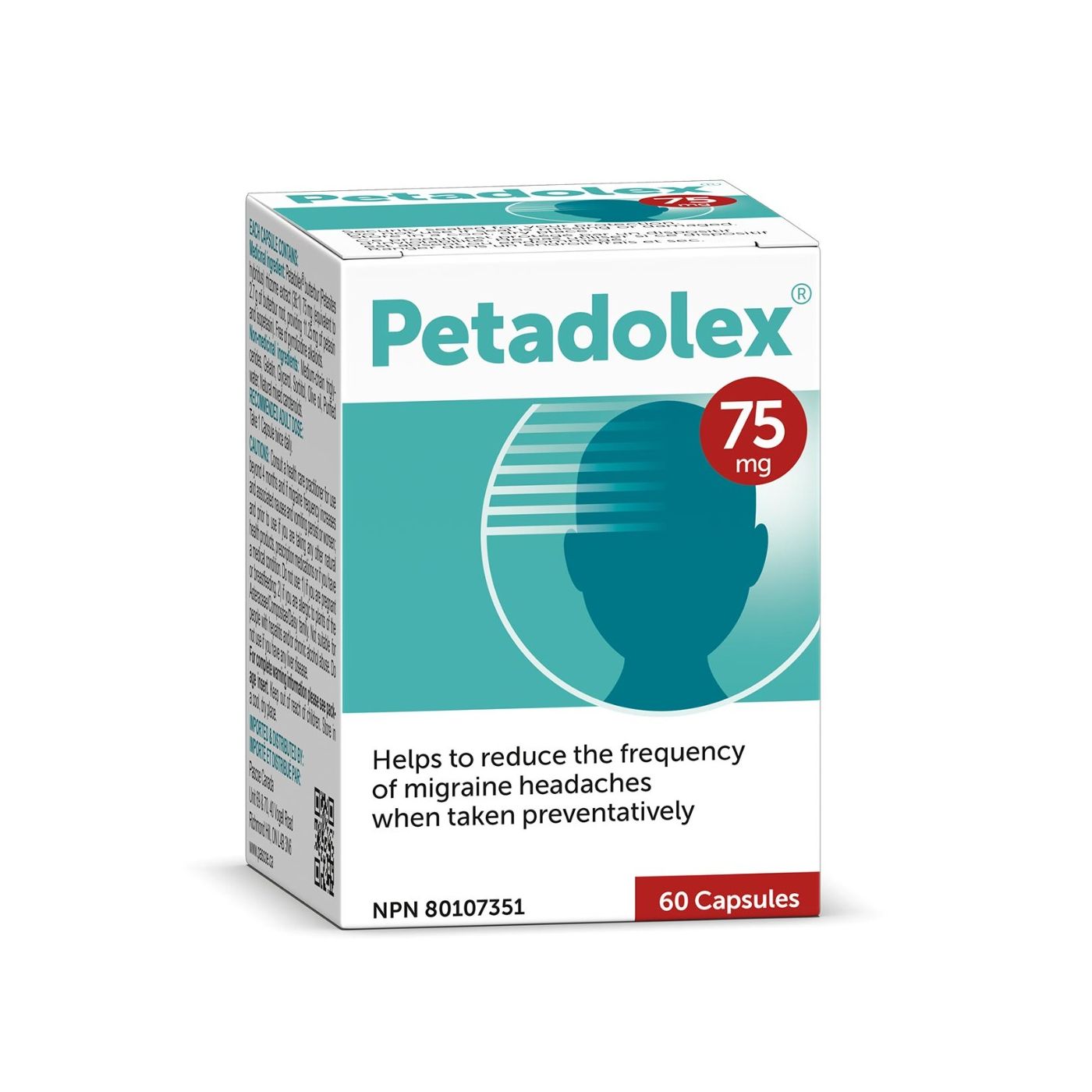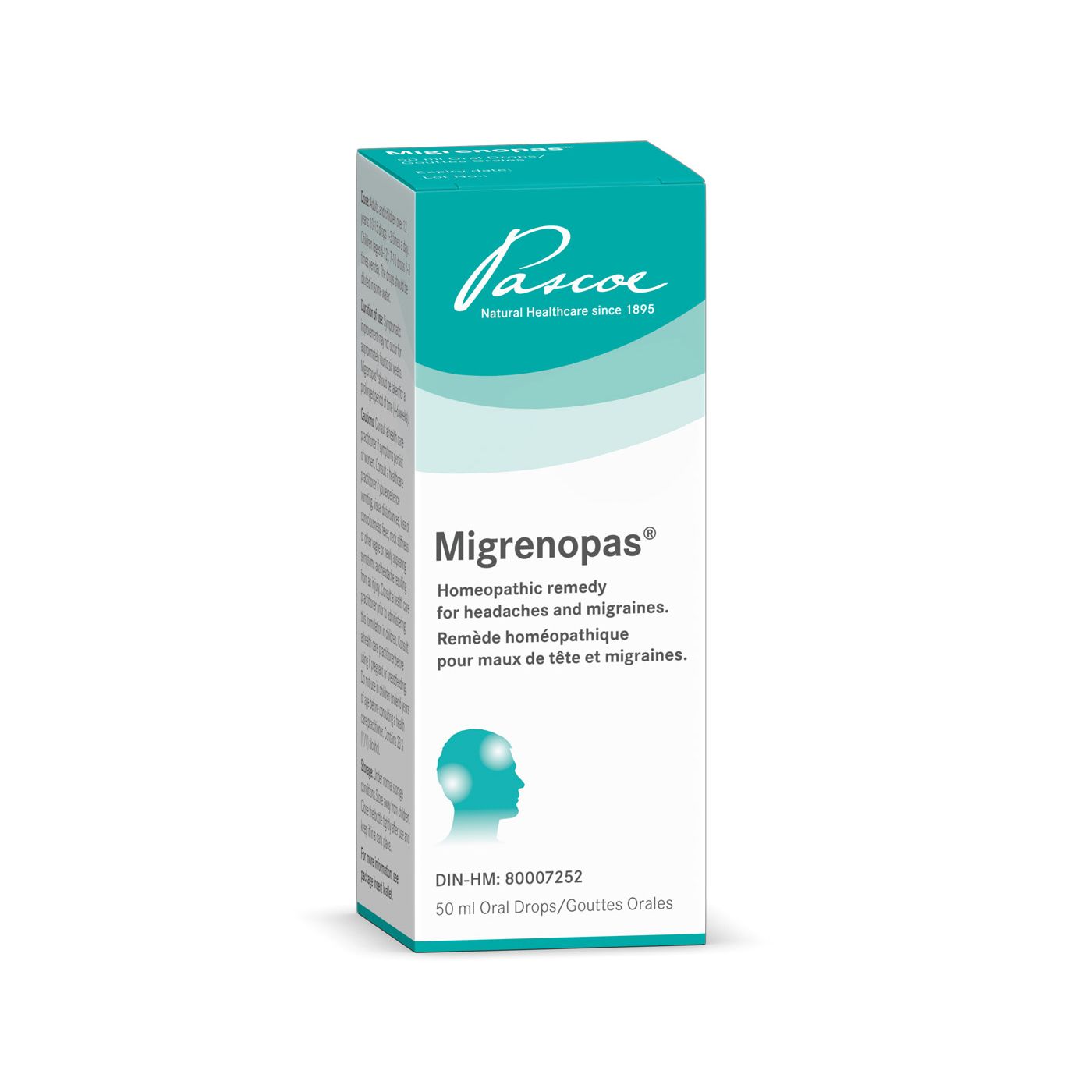How Can Migraine Pain Manifest? And Tips For Migraine Relief
Headaches are one thing, but migraines? They're in a league of their own. It's an intense, pulsating pain that can be accompanied by nausea, sensitivity to light, and sound. It can feel like your head is in a vice grip, making even the simplest tasks feel overwhelming.
Yet, many mix up migraines with tension or other types of headaches. In this blog, we'll explore what a migraine really feels like and share some easy home remedies to help you manage or prevent it.


How Does Migraine Feel?
Migraine is associated with a throbbing pain or pulsing sensation, typically on one side of the head. This intense discomfort is often paired with nausea, vomiting, and an extreme sensitivity to light and sound. When a migraine strikes, it can last anywhere from a few hours to several days.
The underlying cause of migraines is believed to be related to abnormal brain activity that affects nerve signaling, chemicals, and blood vessels in the brain. This altered brain activity can trigger the symptoms associated with migraines. Migraines often have a genetic component and is seen to run in families.
Migraines come in different forms, and understanding the type you have can help in managing them better. Here are the four main types:
Migraine with Aura
About 25 percent of people with migraine also encounter a phenomenon known as an aura. This is a collection of symptoms that typically precede the migraine headache, including flashes of light, numbness or tingling in the face, or muscle weakness.
Migraine without Aura
Migraines without aura are the most common type of migraine. Each attack typically lasts between 4 to 72 hours if untreated or if treatment is ineffective. Head pain affects one side of the head, aggravates with physical activity, and is associated with sensitivity to sound or light.
In either case, pain is not associated with other medical conditions or head injury.
Chronic Migraine
Chronic migraine, previously known as a "combination" or "mixed" headache, can exhibit features of both migraines and tension headaches. It is also sometimes referred to as a severe migraine headache and can be triggered by medication overuse.
Individuals with chronic migraine experience severe migraine attacks on more than 15 days a month for three or more months. More than eight of these attacks are migraines, with or without aura.
Acute Migraine
Acute migraine is a general term used to describe a migraine attack that is not classified as chronic. Another term for this type is episodic migraine.
People with episodic migraine have attacks up to 14 days a month. Therefore, individuals with episodic migraine experience fewer attacks per month compared to those with chronic migraine.
Tension Headache Vs. Migraine
Migraine and tension headaches are the two most common forms of headaches, but they have distinct differences. While they share some symptoms, migraines come with a unique set of characteristics that set them apart from tension headaches. Additionally, the way they respond to treatments can vary.
Both migraine and tension headache symptoms can include:
-Mild to moderate pain
-A constant, steady ache
-Pain that affects both sides of the head
However, the only symptoms of a migraine headache are:
-Moderate to severe pain
-A pulsating or throbbing sensation
-An inability to carry out your usual activities
-Pain that is often localized to one side of the head
-Nausea, with or without vomiting
-The presence of an aura
-Increased sensitivity to light, sound, or both
5 Tips For Migraine Relief At Home
Physician-recommended treatments for migraine can be highly effective in managing symptoms and reducing the frequency of attacks. However, certain home remedies can also provide relief and help lessen the occurrence of migraines. Additionally, identifying and avoiding triggers is crucial in managing migraines. Maintaining a headache diary to track your symptom patterns can be invaluable in determining the underlying causes of your migraines.
#1. Keep It Cool
A great way to manage migraine is to apply an ice pack to your forehead, scalp, or neck. The cold can constrict blood vessels and reduce pain signals to the brain. Besides, cooling the blood flowing to the carotid artery in the neck can help decrease brain inflammation, thereby alleviating migraine pain.
#2. Get A Head Massage
Applying pressure to your muscles can help relieve tension and stress, common triggers for migraines. Massages can also promote blood circulation, which can ease your pain. However, if you're sensitive to touch, you might find scalp massages uncomfortable.
#3. Sleep Well
Maintaining a balanced sleep routine is key to managing your migraine attacks. Consistency is crucial — aim for the same bedtime and wake-up time daily. Limit screen time before bed and bask in natural daylight to regulate your body's internal clock. When a migraine is on the horizon, a short nap might just be the soothing balm you need.
#4. Take A Deep Breath
Mastering relaxation techniques can significantly aid in managing migraines. Begin by observing your breathing patterns. If you find them short and rapid, deliberately slow them down. Inhale slowly, then exhale slowly, counting to five for each. As you exhale, notice how your body naturally unwinds. Acknowledging this relaxation can enhance your ability to ease migraines and headaches.
#5. Try Butterbur
Petasins present in butterbur are known to reduce inflammation by blocking the release of calcitonin gene-related peptides (CGRP), a protein linked to inflammation and migraine pain in the brain. This suppression of CGRP signals is responsible for butterbur benefits.
The Canadian Headache Society suggests that eligible patients be offered butterbur at a dosage of 75 mg twice daily. They emphasize that only commercially prepared products standardized to contain at least 15% petasins and free from plant carcinogens and pyrrolizidine alkaloids are recommended for use.




